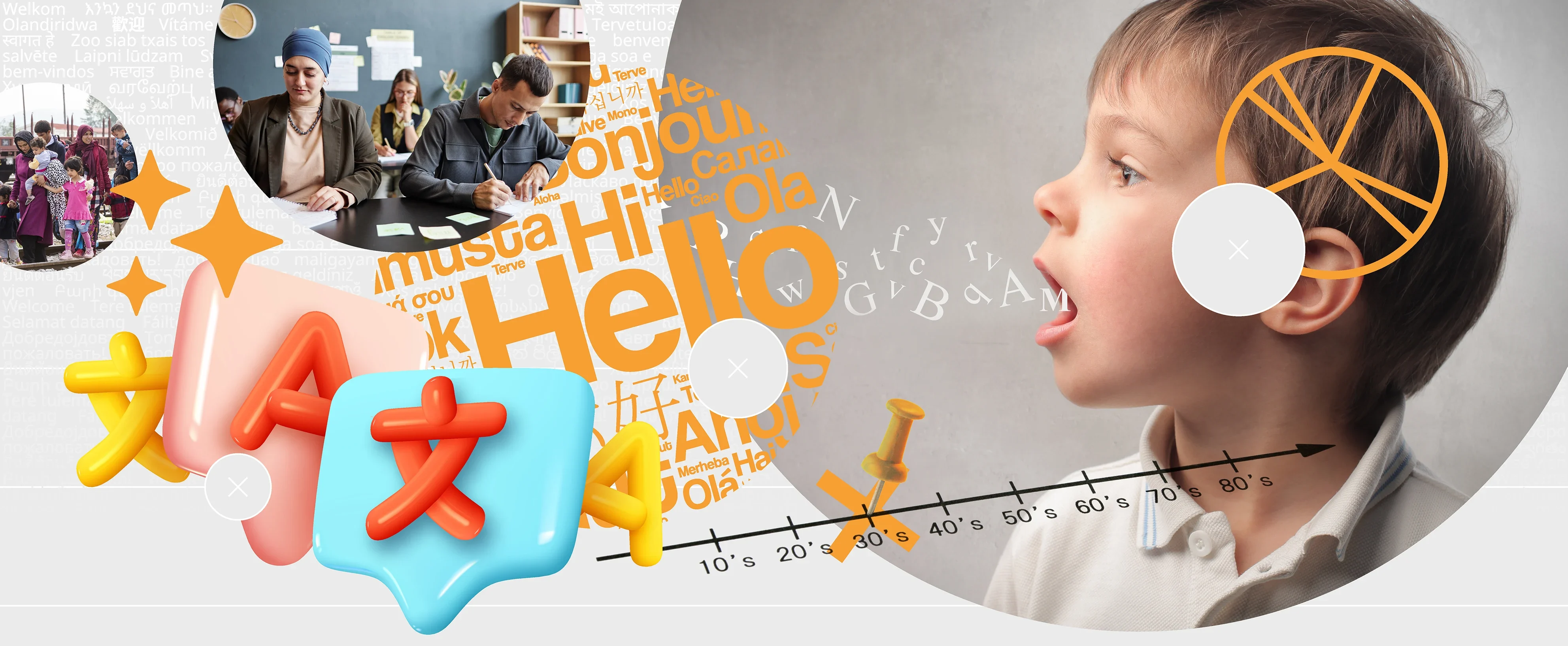Multilingualism is driven in part by demographic changes like migration.51 In an increasingly globalised world, it will become only more common.52 For societies with large migrant populations, inclusive language policies offer many benefits.53 Research clearly documents the positive impacts of multilingual education policies that encourage and maintain the use of students’ mother tongue in both primary and secondary schools.54
In humanitarian emergencies such as conflicts and disasters, translation becomes a matter of life and death.55 Yet disaster-management researchers have largely neglected language services,56 so translation services in humanitarian emergencies need urgent improvement.57
A key challenge is to understand how people learn multiple languages and thus improve language-learning outcomes, particularly in adults. There is ongoing debate about whether there is a “sensitive period” after which language learning becomes substantially impaired.58 However, recent evidence suggests that native-like outcomes are possible even up to adulthood.59 Notably, the empirical data on second-language acquisition involves an over-representation of English, and more reliable methods of measuring vocabulary and grammatical knowledge in multilingual children and adults are needed.60 The limits of adult language-learning abilities across diverse settings remain poorly understood. Likewise, it is crucial to better understand how learning a second language affects the first one, a process commonly called “attrition”, which can nevertheless be seen as a normal change due to language contact.61 There is also an emerging field exploring how multilingualism interacts with neurodivergence.62
Importantly, researchers are now developing new metrics of multilingualism.63 These seek to capture more nuance in people’s ability to communicate across language barriers: for instance, measuring subtle gradations in fluency.64



